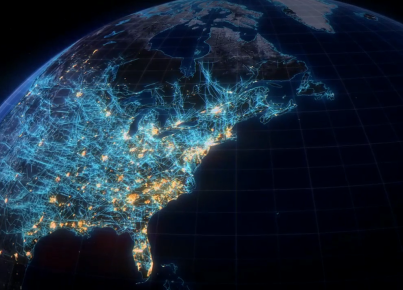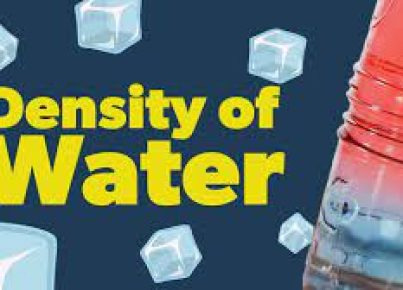Citizen science projects offer a unique opportunity for primary students to engage with real scientific research. These projects can help develop critical thinking, data collection, and analytical skills while also fostering a love of learning and curiosity about the natural world. Here are eight citizen science projects ideal for primary students:
1. Monarch Larva Monitoring Project – Students can help scientists track the distribution and abundance of monarch butterflies. By reporting sightings of monarchs and their larvae, students contribute to conservation efforts and learn about butterfly lifecycles.
2. Project FeederWatch – This project involves observing and recording the birds that visit feeders in your area from November through April. It’s a great way to learn about local bird species and their behaviors while contributing to a long-term study of bird populations across North America.
3. The Great Sunflower Project – Participants plant sunflowers and then record how often bees visit them. This data helps scientists track bee populations and pollinator health, giving kids a closer look at the role these insects play in our ecosystem.
4. Globe at Night – Encourages students to observe and report on night sky brightness. It’s an excellent way for kids to learn about light pollution’s impact on our environment and contribute to a global database of nighttime observations.
5. iNaturalist – A project where students photograph and identify plants and wildlife in their area. Their observations contribute to biodiversity science, with the added bonus of learning how to classify different species.
6. Earthworm Watch – This project allows students to investigate the health of their local soil by counting earthworms and identifying their species. It connects them with earth sciences and teaches about the importance of soil ecosystems.
7. Weather Observation Website (WOW) – An initiative run by meteorological organizations where students can submit their local weather observations. Participating in this project helps kids understand weather patterns and climate.
8. Plastic Pollution Citizen Science Project – Students survey a local beach, park, or schoolyard for plastic waste, record what they find, and upload their data to a global map of plastic pollution. This experience educates them on environmental issues related to plastic use.
These citizen science projects not only encourage children’s participation in community science but also enhance learning outcomes by bringing classroom lessons out into the real world.





